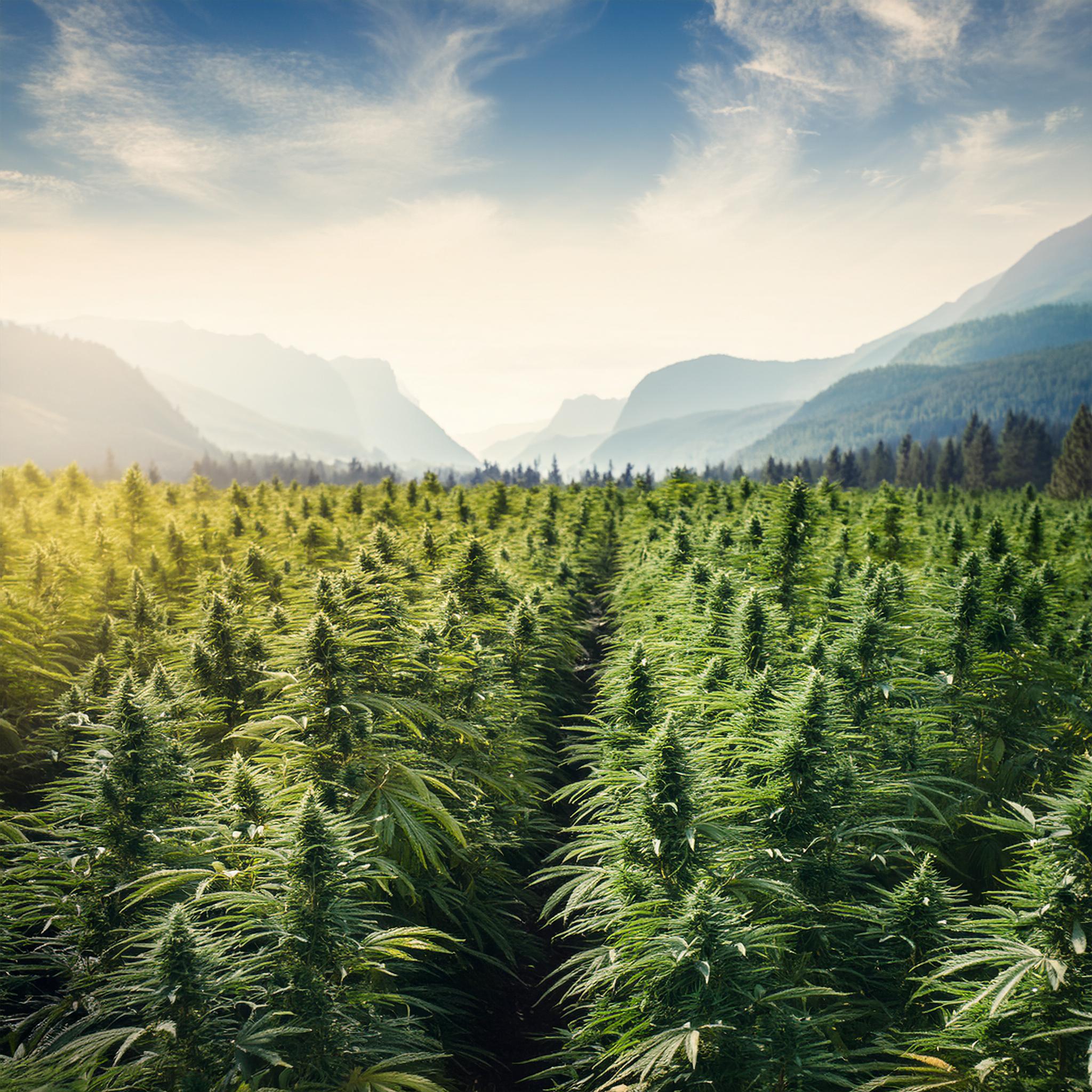The Environmental Impact of Cannabis Cultivation
Jul 16, 2024
As legalisation of cannabis grows, so are the consequences for the environment. Cannabis growing has an impact on the environment due to its indoor and outdoor growth, pesticide and water usage, energy use, and waste production. For the industry to grow sustainably, these effects must be addressed.
-1721227229.jpg)
Start Your Cannabis Dispensary Today
Take Control of the Cannabis Industry’s Future.
Turn your dispensary dream into reality with Dr. Green’s expert support. Everything you need to succeed is just a click away, start your business now.
Water Resources Management
Cannabis uses a significant amount of water compared to other crops; up to six gallons per plant per day are needed for cannabis.
Local water supplies are under stress due to this demand, especially in dry areas where water conservation is essential.
Some growers lessen this by implementing effective irrigation systems or using well water, which decreases dependency on city sources.
Soil Health and the Use of Pesticides
Although controlled, pesticides can be harmful to human health and regional ecosystems if applied improperly.
Integrated pest management (IPM) and organic methods reduce these hazards by substituting natural predators and essential oils for pesticides.
This method stops runoff into streams and preserves the health of the soil.
Energy Use
The heavy reliance of indoor cannabis growth on artificial lighting and climate control systems results in considerable energy usage.
Carbon footprints and operating expenses can be greatly decreased by switching to energy-efficient technology like LED lighting and incorporating renewable energy sources like solar or wind power.

Open Your Own Cannabis Dispensary
The Future of Cannabis Is Yours to Build.
Dreaming of owning a dispensary? Dr. Green gives you the tools to make it happen. Don’t wait, start your cannabis revolution now.
Waste Management
Hazardous elements from extraction procedures and plant trimmings are among the many waste streams produced by the cannabis industry.
Recycling and safe disposal techniques are just two examples of proper waste management techniques that are necessary to limit environmental damage and meet legal criteria.
Plastic Packaging
The cannabis business frequently uses plastic packaging for its goods, which raises questions about how sustainable the environment is.
More environmentally friendly alternatives that encourage recycling and lessen waste from single-use plastics are provided by substitute materials including cardboard, glass, and bio-based polymers.
Initiatives for Sustainability and the Regulatory Environment
Regulatory frameworks are changing to support sustainable cannabis farming methods in order to address these issues.
In order to promote ecological health and sustainable land usage, initiatives like the Sustainable California Grown Cannabis Pilot Programme seek to define best practices and lower greenhouse gas emissions.
Build Your Cannabis Dream
Your Dispensary Awaits. Make It Happen.
Dr. Green provides everything you need to open your own cannabis dispensary and thrive in this booming industry. Don’t wait, step into the future today.
Conclusion
There is an increasing need for proper environmental management as the cannabis business expands.
Through the implementation of sustainable practices, such as water conservation, organic farming methods, energy conservation, and environmentally friendly packaging, farmers can reduce their environmental impact and comply with changing requirements.
Adopting these methods improves the industry's reputation and long-term viability while also promoting environmental health.
A sustainable cannabis sector that strikes a balance between expansion and environmental responsibility will require sustained innovation and cooperation from industry players, authorities, and environmental specialists in the future.
